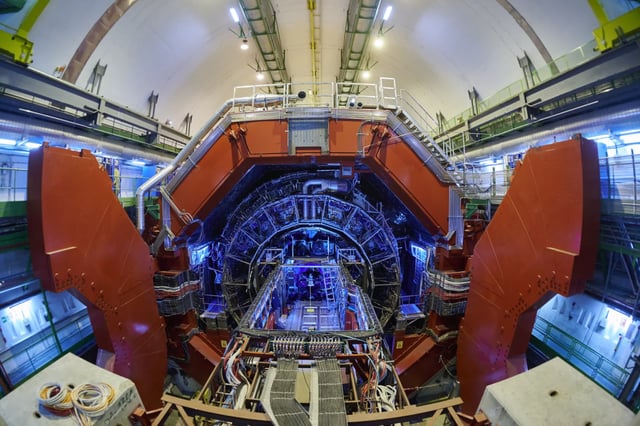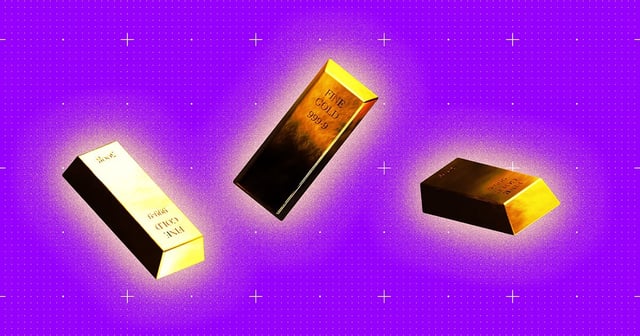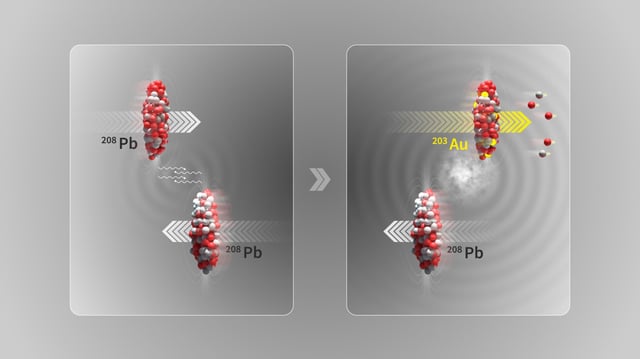Overview
- For the first time, CERN's ALICE collaboration has experimentally detected and measured the transmutation of lead into gold nuclei through electromagnetic dissociation.
- The process occurs during near-miss collisions at the Large Hadron Collider, where intense electromagnetic fields knock three protons out of lead nuclei to produce gold nuclei.
- Run 2 experiments (2015–2018) produced approximately 86 billion gold nuclei, equating to just 29 picograms, with Run 3 upgrades nearly doubling yields in 2025.
- The gold nuclei are highly unstable, surviving only for microseconds before disintegrating into subatomic particles upon contact with collider infrastructure.
- These findings advance theoretical models of electromagnetic dissociation, crucial for optimizing particle accelerator design and managing beam stability in future experiments.


